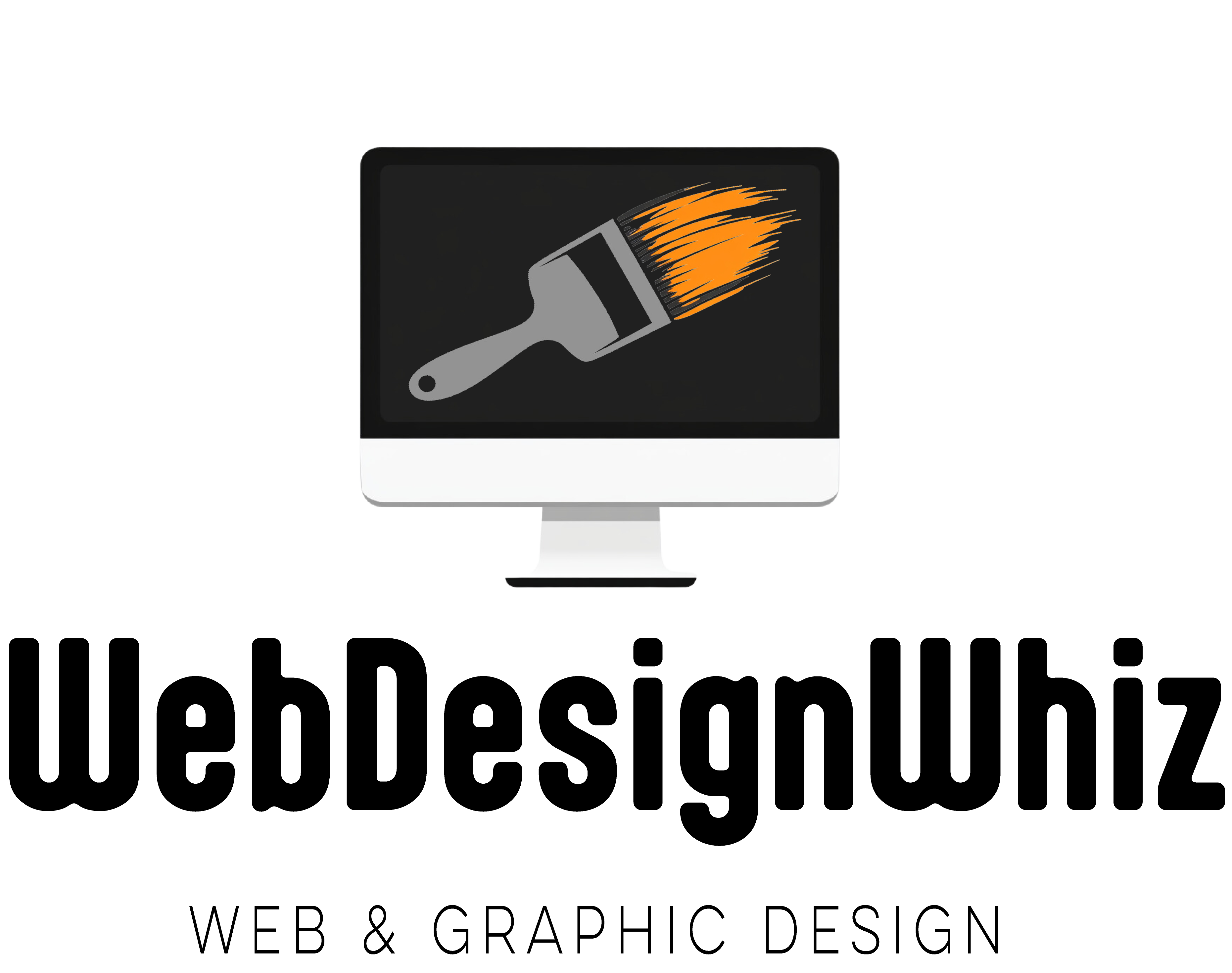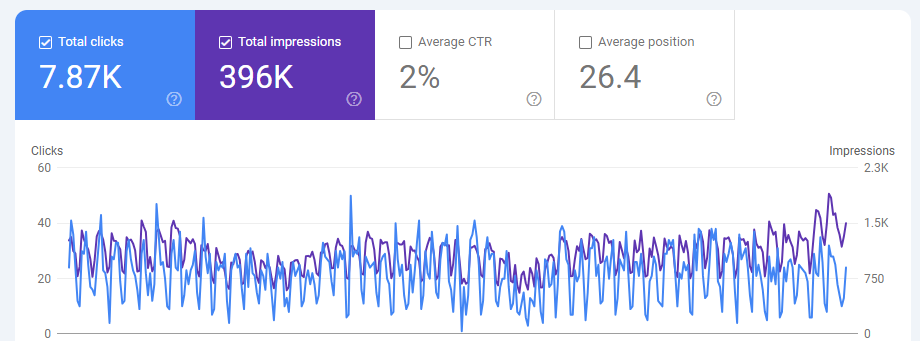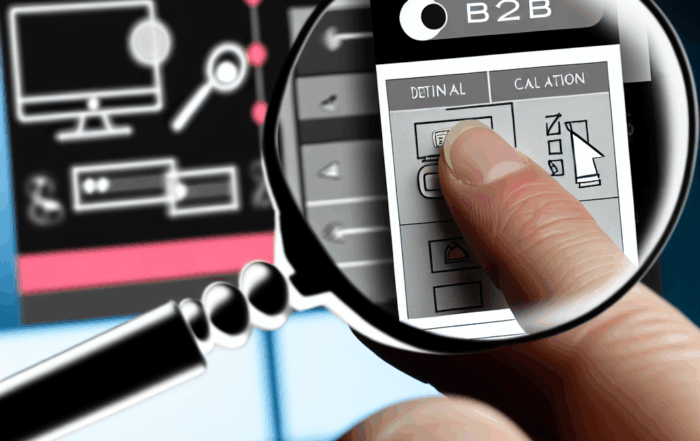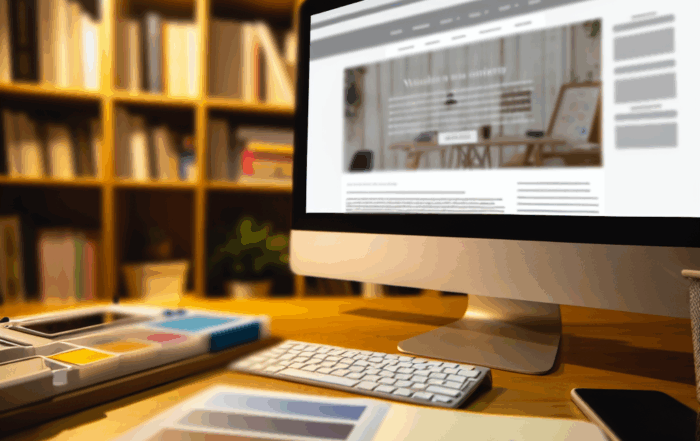Key Takeaways & Questions of UX Rules for B2B Web Applications
Stop Ignoring Important UX Rules for B2B Web Applications
Flashy dashboards and clean design don’t always mean it works. B2B users don’t care about animations or gimmicks if the experience is clunky.
Here’s the deal — most B2B web applications are used in high-pressure environments. Think: CRM platforms, inventory portals, medical scheduling systems. You must design for clarity, not decoration.
Some key functional UX rules:
– Clear task hierarchy. Top tasks should be front and center.
– Predictable layouts. Save complexity for logic, not navigation.
– Accessible inputs. Keyboard-friendly forms. Obvious CTA buttons.
– Instant feedback. Action performed? Let users know without confusion.
A strong foundation in UX strat can help you start right. If you’re unsure where to begin, our free web development guide for small business success breaks down what works and what doesn’t on a budget.
Nail the First Interaction:
Onboarding Should Be Brain-Dead Simple
You’ve got one shot. First-time users need to understand:
- What the app does
- Where to start
- Why it’s worth using again tomorrow
It’s critical you follow important ux rules for B2B web applications because these users expect speed. If onboarding isn’t idiot-proof, they’ll bounce or worse — trash-talk your software in the office Slack.
Tips for low-friction onboarding:
| Feature | Why It Matters |
|---|---|
| Progress indicators | Makes multi-step onboarding less painful |
| Skip + revisitable | Users hate being forced through irrelevant steps |
| 1-sentence tooltips | No walls of text. Contextual help, short and sweet |
Repeat after me: onboarding should not equal tutorial overload. Too many teams forget that minimalism wins here. Want examples of conversion-focused flows? Check out our small business web design tips for online success guide.
UX Strat Must Include Real User Feedback
Guessing user behavior? Huge mistake. Building based on assumptions? Slaps you later.
You need actual humans poking through your UI before launch. That’s where UX strat gets real value — it links design to behavior.
How’s it done well?
– Record user sessions (watch them struggle)
– Surveys after task completion (“What was confusing?”)
– 1:1 interviews in context (Zoom calls while they use the app)
Specific industries require even more tight feedback loops. For example, smart UX research in healthcare can make or break EHR user flows. If you’re in that space, don’t skip this guide: Healthcare web development.
Simplicity Wins in B2B Navigation Systems
Complex tools? Fine. Complex navigation? Fatal.
The most important ux rules for b2b web applications, every extra click = friction. Admins and end users care about their workflows, not “discoverability.” This means the menu layout must feel obvious. Not trendy. Just practical.
Common wins:
– Limit top menu depth to 2 levels max
– Icons only work if labeled. Assume nothing.
– Sticky nav bars work well for data-heavy dashboards
Here’s a simple checklist for sanity-checking your nav structure:
- Can a new user find key features in 3 clicks?
- Does the wording match user lingo, not internal jargon?
- Is there a fallback search that works instantly?
For service niches like junk removal or handyman admin portals, check out our pages on junk removal website design and handyman web design — both prioritize UX simplicity.
Invest in UX Prototyping Consultancy Before You Build Anything
Full builds are expensive. You know what’s way cheaper? Wireframes + feedback sessions.
A good UX prototyping consultancy looks beyond design “prettiness” — they validate flow, goals, and logic first. That’s how you stop expensive reworks at dev stage.
Here’s a rough process:
1. Low-fidelity wireframes — scribbles over Figma magic
2. Task-based testing — “Can the user finish this?”
3. Iteration — drop what doesn’t work, fast
This becomes even more important when you’re building SaaS for specific verticals (e.g., lawyers, wineries). Want strong conversion examples in those niches? WebDesignerWhiz can help!
Prioritize Mobile But Don’t Overdo “App-Like” Designs
B2B users often access dashboards or tools on big screens. But that doesn’t mean you skip mobile — it just means be smart about it.
What to do:
– Responsive layouts that resize fluidly (not just stack)
– Tap zones that don’t require thin fingers
– Keep data tables scannable, not scroll nightmares
What not to do:
– Don’t make everything swipeable like a mobile app
– Avoid tooltips or hover-reliant features on touch
Example: a construction service might have tradies exploring quotes on their phone between jobs.
Microcopy and Interaction Feedback Matter More Than You Think
“Click here.” “Submit.” That’s not helpful copy.
B2B UX gains trust through clarity. Microcopy = the tiny text pieces that guide users without making them pause.
Where it matters:
– Button labels: “Generate Invoice” > “Go”
– Error messages: “Email required” > “Something went wrong”
– Form field cues: “Company size (Optional)” tells people what’s expected
Small words make a big difference. Get them right.
Also: Interaction states should feel responsive. Spinning indicators, confirmation toasts, and live character counters aren’t fancy extras. They’re UX glue.
Need help writing better UX messaging? The examples in our SEO made easy tutorial cover clarity-focused copywriting too.
Accessibility and Compliance: Don’t Leave it Last
Last-minute accessibility fixes are a disaster. If your users are professionals — and especially if legal, healthcare, or government systems — you need to bake this in from frame one.
Minimum things your app should include:
– Full keyboard navigation support
– Contrast ratios that meet WCAG 2.1
– Alt-text on images and icon explanations
– ARIA roles where screen readers expect them
This isn’t just compliance. It’s usability for real humans, in real work scenarios.
Need help applying this to your app? Contact our UX and design team — we’ve worked across fields, screens, and stress levels.
UX Questions & Answers
B2B users are often time-strapped professionals. They use web apps to do jobs, not entertain. Emotion plays less of a role — speed, reliability, and clarity rule.
Track task completion rates, time-on-task, feature adoption, and support ticket volume. Reduced support = better UX.
Not always. Fast-moving startups often use a UX prototyping consultancy or freelancers during early stages, then scale.
Improved navigation and faster performance help with crawlability and engagement. Many principles overlap. See: Web design tips for small business websites that drive conversions.
Nope. Healthcare vs legal vs SaaS = very different flows, risks, and user expectations. Always context-specific.
Need Help with Your Website?
Whether you're just getting started or ready to revamp your business website, launching a SaaS, or selling online products, WebDesignerWhiz offers affordable, high-quality web and graphic design services tailored to small businesses and entrepreneurs.
- Custom Website Design
- SEO Optimization
- Branding & Logo Creation
- Graphic Design for Print & Web
- Ongoing Support & Maintenance

Important UX Rules for B2B Web Applications
Key Takeaways & Questions of UX Rules for B2B Web Applications Learn why web design for [...]
Web Design for Local Businesses That Converts and Ranks
Need Help reaching your customers or audience? WebDesignerWhiz can help! Start Reaching Customers Today In today’s digital-first world, a strong online presence is critical for local businesses to thrive. Consumers [...]
Web Design Tips for Small Business Sites That Convert Users
Web Design for Small Business: How to Build a Website That Converts Creating a professional, engaging website is a cornerstone for any small business looking to thrive in the modern digital landscape. Your website is [...]








